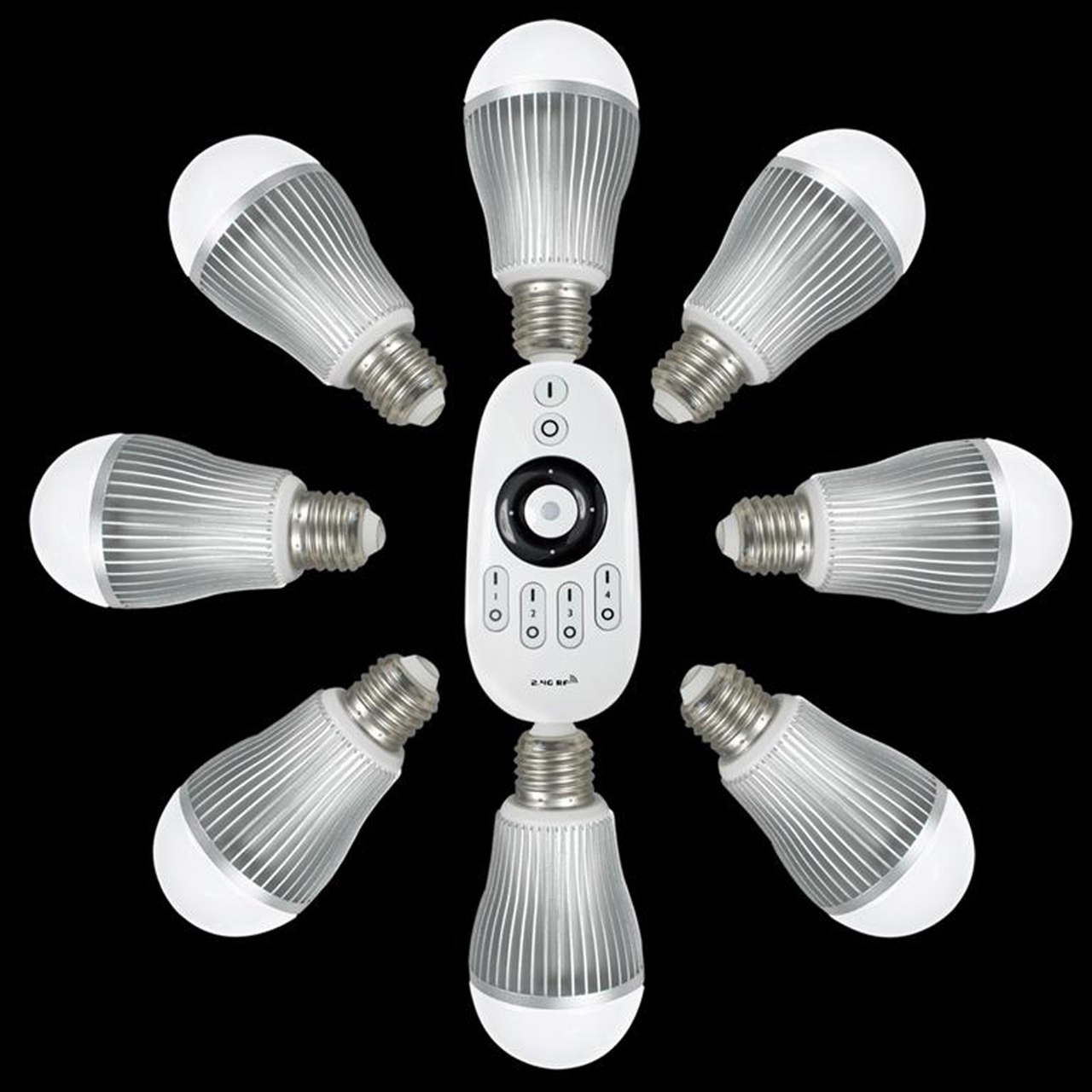

Articles
What Is An LED Light Bulb
Modified: August 27, 2024
Discover the benefits and features of LED light bulbs in our informative articles. Learn how LED technology is revolutionizing the lighting industry.
(Many of the links in this article redirect to a specific reviewed product. Your purchase of these products through affiliate links helps to generate commission for Storables.com, at no extra cost. Learn more)
Introduction
LED light bulbs have revolutionized the way we illuminate our lives. Gone are the days of traditional incandescent bulbs that consumed excessive energy and had a short lifespan. With the advent of LED (Light Emitting Diode) technology, we now have a more energy-efficient, cost-effective, and environmentally friendly lighting option.
In this article, we will delve into the world of LED light bulbs, exploring their technology, benefits, types, applications, and tips for using them effectively. Whether you are a homeowner, business owner, or simply curious about LED lighting, understanding its features and advantages will empower you to make informed choices and take advantage of this cutting-edge lighting solution.
LED technology is not new; it has been around for decades. However, recent advancements in materials, design, and manufacturing processes have made LED light bulbs more accessible and affordable to the average consumer. As a result, LED lighting has gained immense popularity in both residential and commercial spaces.
Now, let’s dive into the details and explore the fascinating world of LED light bulbs.
Key Takeaways:
- LED light bulbs offer energy efficiency, long lifespan, and instant-on capability, making them ideal for various applications. Consider factors like brightness, color temperature, and compatibility when choosing LED bulbs.
- LED technology has revolutionized the lighting industry, providing significant energy savings, reduced maintenance costs, and lower environmental impact. Proper usage, maintenance, and cleaning practices can enhance the effectiveness and lifespan of LED light bulbs.
Read more: What Is A Light Bulb
Understanding LED Technology
LED technology is based on the concept of electroluminescence, which is the phenomenon where a material emits light in response to an electric current passing through it. In the case of LED light bulbs, this material is a semiconductor that emits light when electrons flow through it.
The semiconductor material in LEDs is typically made from a combination of elements such as gallium, arsenic, and phosphorous. These elements are carefully selected to create a specific wavelength of light. The color of the light emitted by an LED is determined by the materials used and their composition.
Unlike traditional incandescent bulbs that produce light by heating a filament, LEDs emit light through a process called recombination. When an electric current passes through the semiconductor material, it causes the electrons and holes (electron vacancies) within the material to recombine. This recombination releases energy in the form of photons, which are the particles that make up light.
One of the key advantages of LED technology is its efficiency. LED light bulbs are remarkably energy-efficient compared to incandescent and fluorescent bulbs. They convert a significantly higher percentage of the energy they consume into light, rather than heat. This results in reduced electricity usage and lower utility bills.
LEDs also have a longer lifespan than traditional bulbs. On average, an LED light bulb can last up to 50,000 hours or more, compared to the 1,000-2,000 hours of an incandescent bulb. This extended lifespan not only reduces the frequency of bulb replacements but also contributes to reduced waste and environmental impact.
Another noteworthy feature of LED technology is its instant-on capability. Unlike some other types of lighting, LED light bulbs illuminate at full brightness immediately after being switched on. This quick response time makes LEDs ideal for applications where instant and reliable lighting is required, such as in offices, retail spaces, and outdoor areas.
In summary, LED technology harnesses the properties of semiconductors to convert electrical energy into light efficiently. This results in energy-saving, long-lasting, and environmentally friendly lighting solutions that are increasingly replacing traditional incandescent and fluorescent options.
How LED Light Bulbs Work
LED light bulbs are composed of several key components that work together to produce light. Understanding how these components function is essential to grasp the inner workings of LED technology.
The main components of an LED light bulb are:
- LED Chips: These are small semiconductor devices that emit light when an electric current passes through them. LED chips are the heart of an LED light bulb and determine its brightness and color.
- Heat Sink: This is a component that helps dissipate heat generated by the LED chips. As LEDs produce some heat during operation, a heat sink is necessary to prevent overheating, which can affect the bulb’s performance and lifespan.
- Driver: The driver is an electronic component that regulates the electrical current supplied to the LED chips. It ensures that the LED operates at the correct voltage and current, preventing damage and ensuring optimal performance.
- Optics: LED light bulbs may also include lenses or reflectors to control the direction and spread of the light. These optics help create the desired lighting effect and beam angle.
- Housing: The housing of an LED light bulb is the outer shell that protects the internal components and provides a base for installation. The housing is typically made of plastic or metal.
When a current flows through the LED chips, they emit light. The color of the light depends on the materials used in the LED’s construction. Different combinations of semiconductors produce light of different wavelengths, resulting in various colors such as warm white, cool white, and colored LEDs.
LED light bulbs are designed to be highly efficient. Unlike traditional incandescent bulbs that emit light in all directions, LEDs emit light in specific directions. This focused light output reduces wasted light and allows for better control of illumination. Additionally, LEDs do not rely on heat to produce light, which makes them even more energy-efficient.
LED light bulbs also offer the advantage of instant brightness. They reach full brightness immediately when switched on, without the need for warm-up time. This feature is particularly useful in environments where immediate illumination is necessary, such as in security lighting or emergency situations.
Overall, LED light bulbs work by using semiconductor materials to convert electrical energy into visible light. Their design and construction optimize efficiency, control of light output, and longevity, making them a superior lighting option in terms of performance and energy savings.
Benefits of LED Light Bulbs
LED light bulbs offer a multitude of benefits that make them a popular choice for both residential and commercial lighting applications. Let’s explore some of the key advantages of using LED light bulbs:
- Energy Efficiency: LED light bulbs are highly energy-efficient compared to traditional lighting options. They consume significantly less electricity to produce the same amount of light, resulting in reduced energy costs and lower utility bills. LED light bulbs can save up to 75% more energy than incandescent bulbs.
- Long Lifespan: LED light bulbs have an exceptionally long lifespan. They can last up to 50,000 hours or more, depending on the specific product. This longevity eliminates the frequent need for bulb replacements, reducing maintenance costs and minimizing waste.
- Environmental Friendly: LED light bulbs are environmentally friendly. They do not contain harmful substances like mercury, which is present in fluorescent bulbs. Additionally, their energy efficiency helps reduce carbon emissions, contributing to a greener and more sustainable planet.
- Instant On and Off: LED light bulbs illuminate instantly when switched on, unlike some other types of lighting that require warm-up time. This immediate response is particularly advantageous in applications where immediate lighting is essential, such as security lighting and emergency situations.
- Durability: LED light bulbs are durable and resistant to shock and vibration. Unlike fragile incandescent bulbs, LED bulbs are solid-state lighting devices, making them more robust and less prone to damage. This durability makes them suitable for various settings, including outdoor and industrial environments.
- Design Flexibility: LED technology allows for innovative lighting designs and flexibility. LED light bulbs come in various shapes, sizes, and colors, enabling creative lighting solutions for different spaces and aesthetics. Additionally, the directional nature of LED light allows for focused illumination and precise control of lighting effects.
- Dimmable Options: Many LED light bulbs are dimmable, providing the flexibility to adjust the brightness according to preference and mood. Dimmable LED bulbs can help create a cozy ambiance in residential spaces or provide adjustable lighting in commercial settings.
The benefits of LED light bulbs extend beyond energy efficiency and cost savings. They offer longevity, environmental friendliness, and versatile design options, making them a smart and sustainable choice for illuminating homes, offices, businesses, and outdoor spaces.
Different Types of LED Light Bulbs
LED technology has evolved to offer a wide range of options when it comes to LED light bulbs. Each type of LED bulb is designed to meet specific lighting needs and preferences. Here are some of the most common types of LED light bulbs available in the market:
- A19 bulbs: A19 bulbs are the most common and widely used LED light bulbs. They have a standard bulb shape and screw-in base, making them compatible with most fixtures. A19 bulbs are versatile and suitable for general lighting in residential, commercial, and industrial spaces.
- MR16 bulbs: MR16 bulbs are small, low-voltage LEDs commonly used for track lighting, landscape lighting, and accent lighting. They have a bi-pin base and provide focused illumination. MR16 bulbs are often used to highlight specific objects or areas in a room.
- PAR bulbs: PAR bulbs, short for Parabolic Aluminized Reflector, are LED bulbs that feature a reflective surface. They are commonly used for outdoor floodlights, recessed lighting, and stage lighting. PAR bulbs provide bright, focused light and are available in various beam angles.
- Candelabra bulbs: Candelabra bulbs are LED bulbs with a small, screw-in base. They feature a flame-shaped design, resembling a candle, and are often used in chandeliers, wall sconces, and decorative fixtures. Candelabra bulbs add an elegant touch to lighting fixtures.
- Tubes: LED tube lights are the modern replacement for fluorescent tube lights. They are designed to fit into existing fluorescent fixtures and provide energy-efficient, flicker-free lighting. LED tubes are commonly used in commercial spaces, offices, and residential applications.
- Panel lights: LED panel lights are thin, flat LED fixtures that provide uniform and bright illumination. They are commonly used in offices, schools, hospitals, and other commercial settings where a clean and modern look is desired. LED panel lights offer energy efficiency and a wide beam angle.
- Strip lights: LED strip lights, also known as LED tape lights, are flexible strips of LEDs mounted on a self-adhesive backing. Strip lights are versatile and can be used for accent lighting, under cabinet lighting, cove lighting, and decorative lighting. They are available in various colors and can be cut to fit specific lengths.
These are just a few examples of the different types of LED light bulbs available. It’s important to consider factors such as bulb shape, base type, desired brightness, beam angle, and color temperature when choosing the right LED light bulb for your specific lighting needs.
Remember to check the product specifications and compatibility with existing fixtures to ensure a seamless and successful transition to LED lighting.
When purchasing LED light bulbs, look for the lumens rating to determine the brightness, and the color temperature to choose the desired light color (e.g. warm white, cool white).
Read more: What Light Bulb Is The Brightest
Factors to Consider When Choosing an LED Light Bulb
When selecting an LED light bulb, it’s important to consider a few key factors to ensure you choose the right bulb for your specific lighting needs. Here are some factors to consider:
- Brightness: LED light bulbs come in various brightness levels measured in lumens. Determine the desired level of brightness based on the room size, purpose, and personal preference. Different areas may require different brightness levels, such as brighter light for workspaces and softer lighting for bedrooms.
- Color Temperature: LED light bulbs offer different color temperatures, ranging from warm white to cool white. The color temperature affects the ambiance and mood of a space. For a cozy and relaxing atmosphere, choose a warm white bulb (2700-3000K). For a bright and crisp light, opt for a cool white bulb (4000K and above).
- Beam Angle: Consider the beam angle of the LED light bulb, which determines the spread of light. A narrow beam angle is suitable for focused lighting or accentuating specific objects, while a wider beam angle is ideal for general lighting and wider coverage.
- Compatibility: Check the base type and size of the LED bulb to ensure compatibility with your existing fixtures. LED bulbs come in standard base types such as E26 (medium screw) and E12 (candelabra), among others. Ensure that the LED bulb fits securely and properly in your fixtures.
- Dimmability: If you require the flexibility to adjust the brightness of your lighting, choose an LED bulb that is dimmable. Not all LED bulbs are compatible with dimmer switches, so check the product specifications to ensure compatibility and smooth dimming performance.
- Energy Efficiency: Look for LED light bulbs with a high energy efficiency rating. Energy-efficient bulbs consume less electricity to produce the same amount of light, resulting in reduced energy costs and environmental impact. Look for the ENERGY STAR label, which indicates that the bulb meets strict energy efficiency guidelines.
- Lifespan: Consider the lifespan of the LED light bulb. LED bulbs typically have a longer lifespan compared to traditional bulbs. Look for bulbs with a high-rated lifespan, usually measured in hours. A longer lifespan means fewer replacements and less maintenance.
- Design and Aesthetics: LED light bulbs come in various shapes, sizes, and designs. Consider the aesthetics of the bulb if it will be visible in exposed fixtures. Choose a bulb that complements the style and ambiance of the room.
By considering these factors, you can select the most suitable LED light bulb for your specific lighting requirements. Keep in mind that LED technology continues to evolve, so it’s always a good idea to stay informed about the latest advancements and features available in LED lighting.
Common Applications of LED Light Bulbs
LED light bulbs have become increasingly popular and are now widely used in a variety of applications. From residential to commercial settings, LED lighting offers numerous benefits and versatility. Here are some common applications where LED light bulbs are commonly used:
- Residential Lighting: LED light bulbs are extensively used in homes for general lighting. They can be found in ceiling fixtures, lamps, recessed lights, and under-cabinet lighting. LED bulbs provide energy-efficient, long-lasting illumination, creating a comfortable and inviting atmosphere in living spaces, bedrooms, kitchens, and bathrooms.
- Commercial Lighting: LED lighting is widely adopted in commercial spaces such as offices, retail stores, restaurants, and hotels. LED light bulbs offer bright, high-quality light, enhancing visibility and productivity in work environments. They are also utilized in decorative lighting, signage, and display cases, creating visually appealing and eye-catching designs.
- Outdoor Lighting: LED light bulbs are ideal for outdoor applications due to their durability and energy efficiency. They are used in landscape lighting to highlight gardens, pathways, and architectural features. LED bulbs are also used in security lighting, floodlights, and streetlights, providing bright, reliable illumination for enhanced safety and visibility.
- Industrial Lighting: LED lighting is well-suited for industrial settings such as warehouses, factories, and workshops. LED high bay lights are commonly used in high-ceiling areas, providing intense illumination for improved productivity and safety. LED bulbs are resistant to harsh conditions, vibrations, and temperature fluctuations, making them a reliable choice for industrial environments.
- Hospitality Lighting: In hotels, restaurants, and hospitality venues, LED light bulbs are used to create a desired ambiance and mood. They are used in chandeliers, pendant lights, and wall sconces, offering energy-efficient and aesthetically pleasing illumination. LED bulbs are also utilized in signage, accent lighting, and dimmable fixtures, enabling versatile and customized lighting options.
- Automotive Lighting: LED technology has made its way into automotive lighting as well. LED bulbs are used in headlights, tail lights, brake lights, and interior lighting in vehicles. They offer brighter and more focused illumination, improving visibility for drivers and enhancing the overall safety and aesthetics of vehicles.
- Sports Facilities: LED lighting is increasingly used in sports facilities, including stadiums, arenas, and sports fields. LED high-powered floodlights provide uniform and efficient lighting for spectators, athletes, and broadcasters. LED technology also allows for dynamic lighting effects and color changes, enhancing the visual experience of sporting events.
These are just a few examples of the many applications where LED light bulbs can be found. With their versatility, efficiency, and long lifespan, LED lighting continues to transform the way we illuminate our surroundings, offering enhanced aesthetics, energy savings, and improved lighting experiences.
Comparing LED Light Bulbs to Other Lighting Options
LED light bulbs have become the preferred choice for many consumers due to their numerous advantages over traditional lighting options. Let’s compare LED light bulbs to other common lighting technologies to understand their key differences:
- Incandescent Bulbs: Incandescent bulbs are the traditional but least energy-efficient option. They produce light by heating a filament, which results in a lot of wasted energy in the form of heat. In contrast, LED light bulbs are significantly more energy-efficient, consuming up to 75% less electricity while providing the same amount of light.
- Compact Fluorescent Lamps (CFLs): CFLs are more energy-efficient than incandescent bulbs but less so compared to LEDs. They contain mercury and require a warm-up time to reach full brightness. LEDs, on the other hand, contain no mercury, have an instant-on feature, and provide better efficiency and durability.
- Halogen Lamps: Halogen lamps are a type of incandescent bulb that uses a halogen gas to increase efficiency and lifespan. While they are more energy-efficient than traditional incandescent bulbs, they still consume more energy than LED light bulbs and have a shorter lifespan.
- Fluorescent Tubes: Fluorescent tubes are commonly used in commercial settings for general lighting. While they are more energy-efficient than incandescent bulbs, they fall short in terms of lifespan and mercury content. LED tube lights are a more eco-friendly and efficient alternative, offering longer lifespans, instant-on capability, and better performance.
When compared to other lighting options, LED light bulbs have several advantages:
- Energy Efficiency: LED light bulbs are incredibly energy-efficient, converting a higher percentage of electricity into light. This translates into significant energy savings and reduced utility bills.
- Long Lifespan: LED light bulbs have an impressive lifespan, often lasting up to 50,000 hours or more. This eliminates the frequent need for replacement and reduces maintenance costs.
- Instant On: Unlike some other lighting options that require warm-up time, LED light bulbs reach full brightness immediately when switched on. They offer instant and reliable illumination.
- Environmentally Friendly: LED light bulbs do not contain harmful substances like mercury, which is present in fluorescent bulbs. They are more eco-friendly and contribute to a greener and sustainable planet.
- Durability: LED light bulbs are more durable and resistant to shock, vibrations, and temperature fluctuations compared to incandescent and fluorescent bulbs. This durability makes them suitable for a variety of applications and environments.
- Design Options: LED light bulbs come in various shapes, sizes, and colors, offering flexibility and versatility in design and application. From standard bulb shapes to decorative options, LED bulbs cater to different aesthetics and lighting needs.
Overall, LED light bulbs outshine other lighting options with their superior energy efficiency, longer lifespan, environmental friendliness, and versatility. They are the smart choice for cost-effective, sustainable, and high-quality lighting solutions.
Tips for Using LED Light Bulbs Effectively
LED light bulbs offer numerous benefits, including energy efficiency, longevity, and versatility. To maximize the effectiveness and lifespan of your LED bulbs, consider the following tips:
- Choose the right bulb: Select LED bulbs that are appropriate for your specific lighting needs. Consider factors such as brightness, color temperature, beam angle, and dimmability. This ensures that the bulb is well-suited for the intended application.
- Upgrade fixtures: LED bulbs perform best in fixtures designed for LED technology. If possible, upgrade your fixtures to ones specifically made for LED light bulbs. This helps optimize lighting performance and extend the lifespan of the bulbs.
- Ensure proper ventilation: LED bulbs generate some heat during operation. To prevent overheating and ensure optimal performance, make sure that the bulb and its surrounding fixture have proper ventilation and are not obstructed by objects or covered with insulation.
- Use compatible dimmers: If you plan to use dimmable LED bulbs, ensure that the dimmer switch is compatible with LED lighting. Not all dimmers are designed for LED bulbs, and using incompatible dimmers can result in flickering or reduced dimming range. Check the manufacturer’s recommendations for compatible dimmers.
- Avoid frequent switching on and off: Although LED bulbs have an instant-on feature, frequent switching on and off can decrease their lifespan. Whenever possible, leave the bulbs on for at least 15 minutes before switching them off again.
- Keep away from moisture: While LED bulbs are generally more resistant to moisture than incandescent bulbs, it’s still important to keep them away from direct water exposure. Install LED bulbs in fixtures that provide protection against moisture, especially in bathrooms and outdoor areas.
- Regular cleaning: Dust and dirt on LED bulbs can reduce their efficiency and light output. Regularly clean the bulb and its fixture using a soft cloth or a duster to maintain optimal performance. Ensure that the fixture is turned off and cool before cleaning.
- Check for warranty: LED light bulbs often come with a warranty. Check the warranty information provided by the manufacturer and keep the purchase receipt. In case of any defects or issues, refer to the warranty guidelines for repair or replacement options.
- Consider smart lighting options: Explore the possibilities of smart LED lighting systems, which allow remote control, scheduling, and automation of your lighting. Smart lighting can enhance convenience, energy efficiency, and customization of your lighting experience.
By following these tips, you can ensure that your LED light bulbs perform optimally, last longer, and provide the desired lighting experience. LED bulbs are a long-term investment with significant benefits, and proper usage and maintenance can help you maximize their potential.
Read more: What Is A HID Light Bulb
Conclusion
LED light bulbs have revolutionized the lighting industry with their energy efficiency, longevity, and versatility. This article has provided an in-depth understanding of LED technology, how LED light bulbs work, their benefits, different types available, factors to consider when choosing LED bulbs, common applications, and a comparison with traditional lighting options.
LED technology has transformed the way we illuminate our lives. The efficiency and durability of LED light bulbs offer significant energy savings, reduced utility bills, and lower environmental impact. With a lifespan of up to 50,000 hours or more, LED bulbs require less frequent replacements, reducing maintenance costs and waste.
LED light bulbs are used in a wide range of settings, from residential and commercial spaces to outdoor environments and sports facilities. They provide bright, high-quality light with instant-on capability, making them ideal for various applications, including general lighting, accent lighting, and decorative lighting.
When choosing LED light bulbs, consider factors such as brightness, color temperature, beam angle, compatibility, and energy efficiency. Upgrading fixtures and using compatible dimmers help optimize the performance of LED bulbs. Following proper usage, maintenance, and cleaning practices can further enhance their lifespan and effectiveness.
In comparison to traditional lighting options like incandescent bulbs, CFLs, and fluorescent tubes, LED light bulbs outshine them with their superior energy efficiency, long lifespan, instant-on feature, and environmental friendliness.
As LED technology continues to evolve, we can expect even greater advancements, including increased efficiency, better color rendering, and more design possibilities. LED light bulbs have truly transformed the lighting landscape, offering a bright and sustainable future.
So, whether you’re looking to upgrade the lighting in your home, office, or outdoor spaces, consider making the switch to LED light bulbs. The benefits are clear – energy savings, long-lasting performance, and a greener planet.
Frequently Asked Questions about What Is An LED Light Bulb
Was this page helpful?
At Storables.com, we guarantee accurate and reliable information. Our content, validated by Expert Board Contributors, is crafted following stringent Editorial Policies. We're committed to providing you with well-researched, expert-backed insights for all your informational needs.

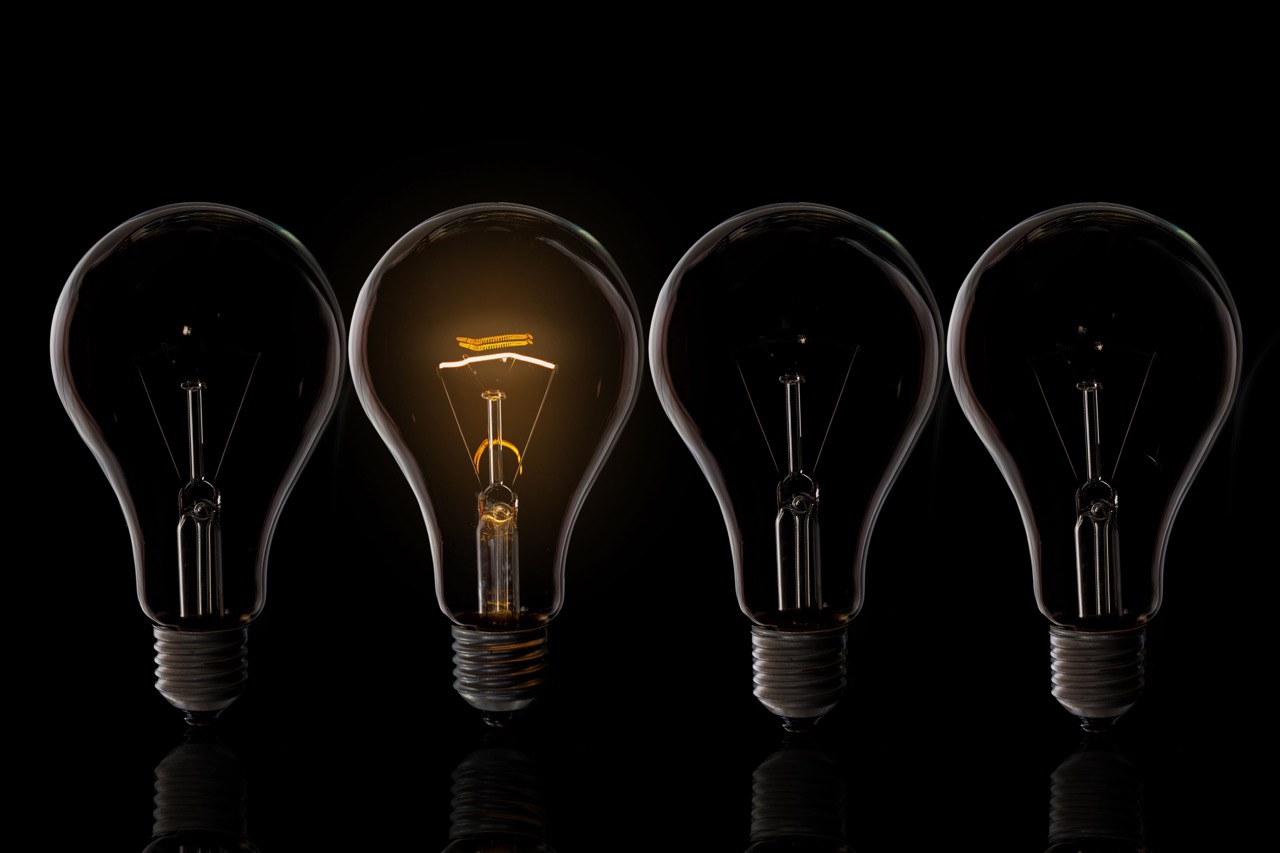
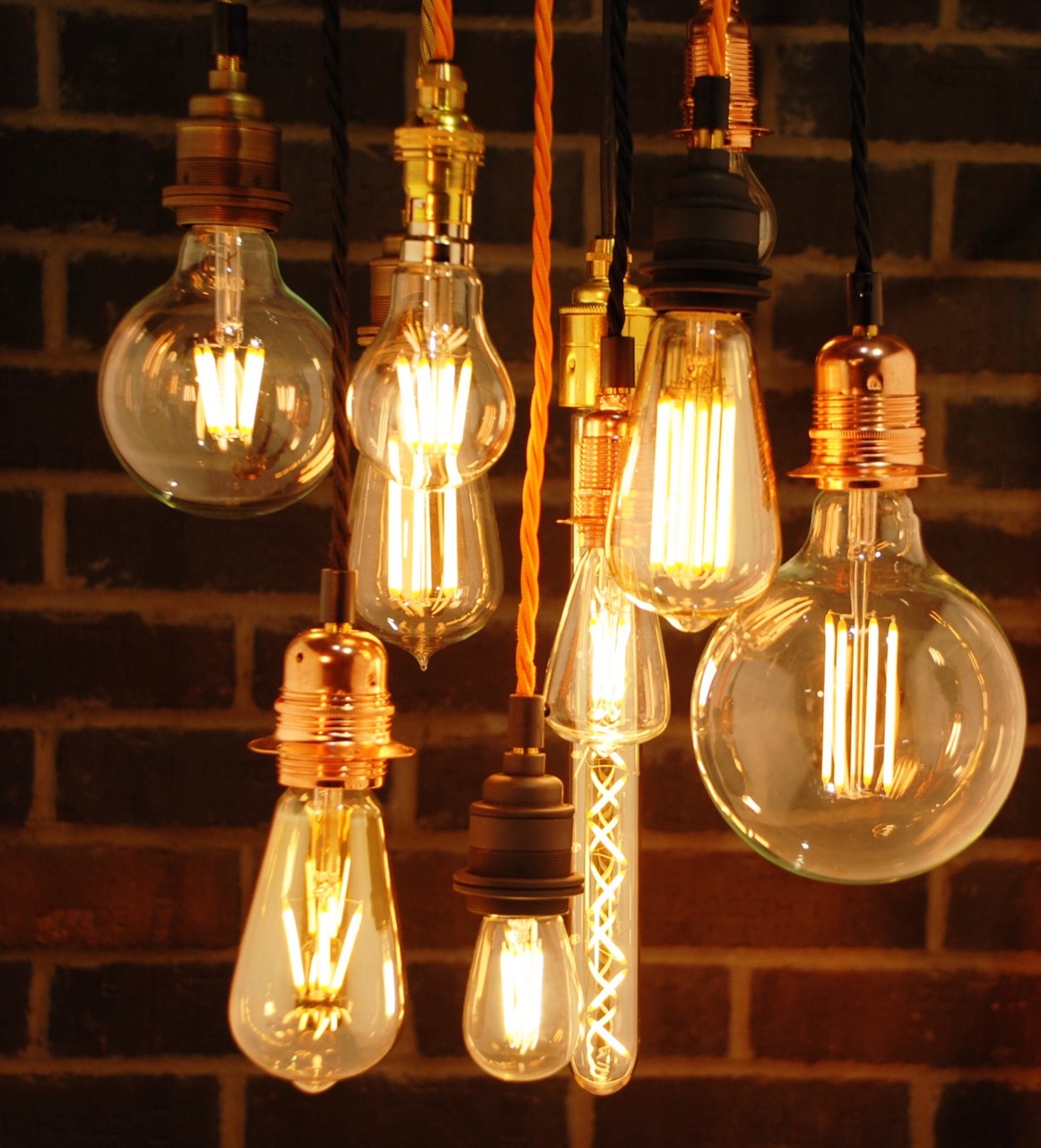
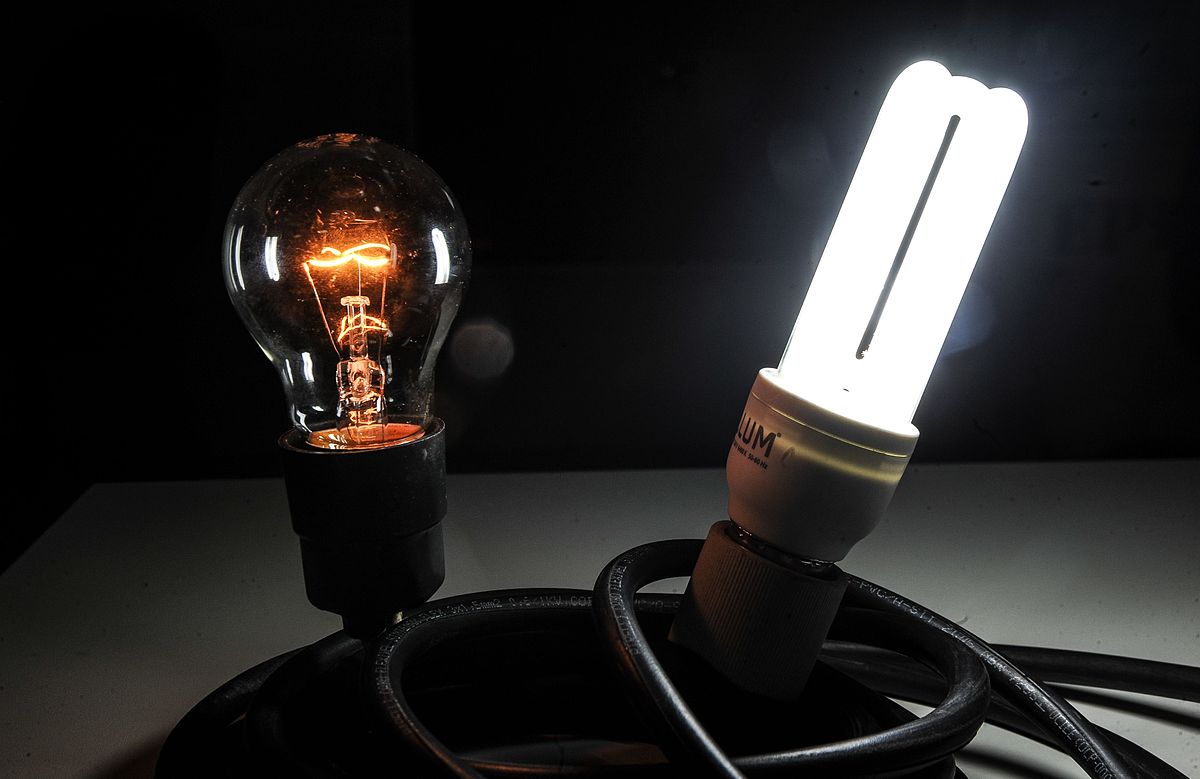

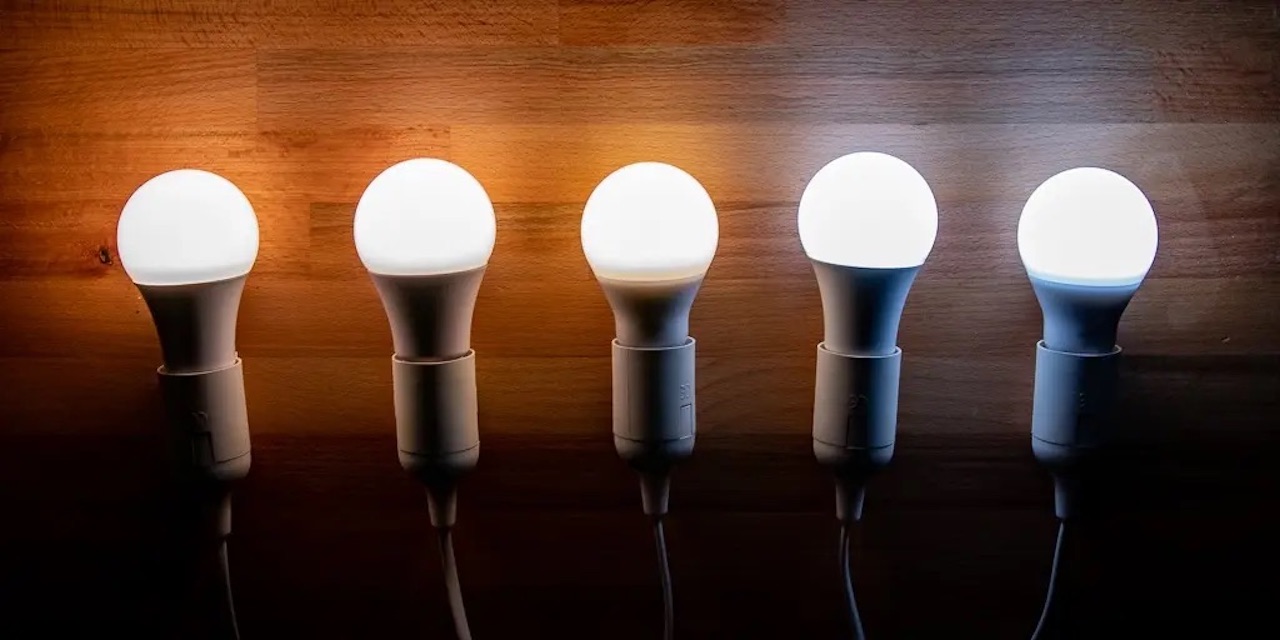
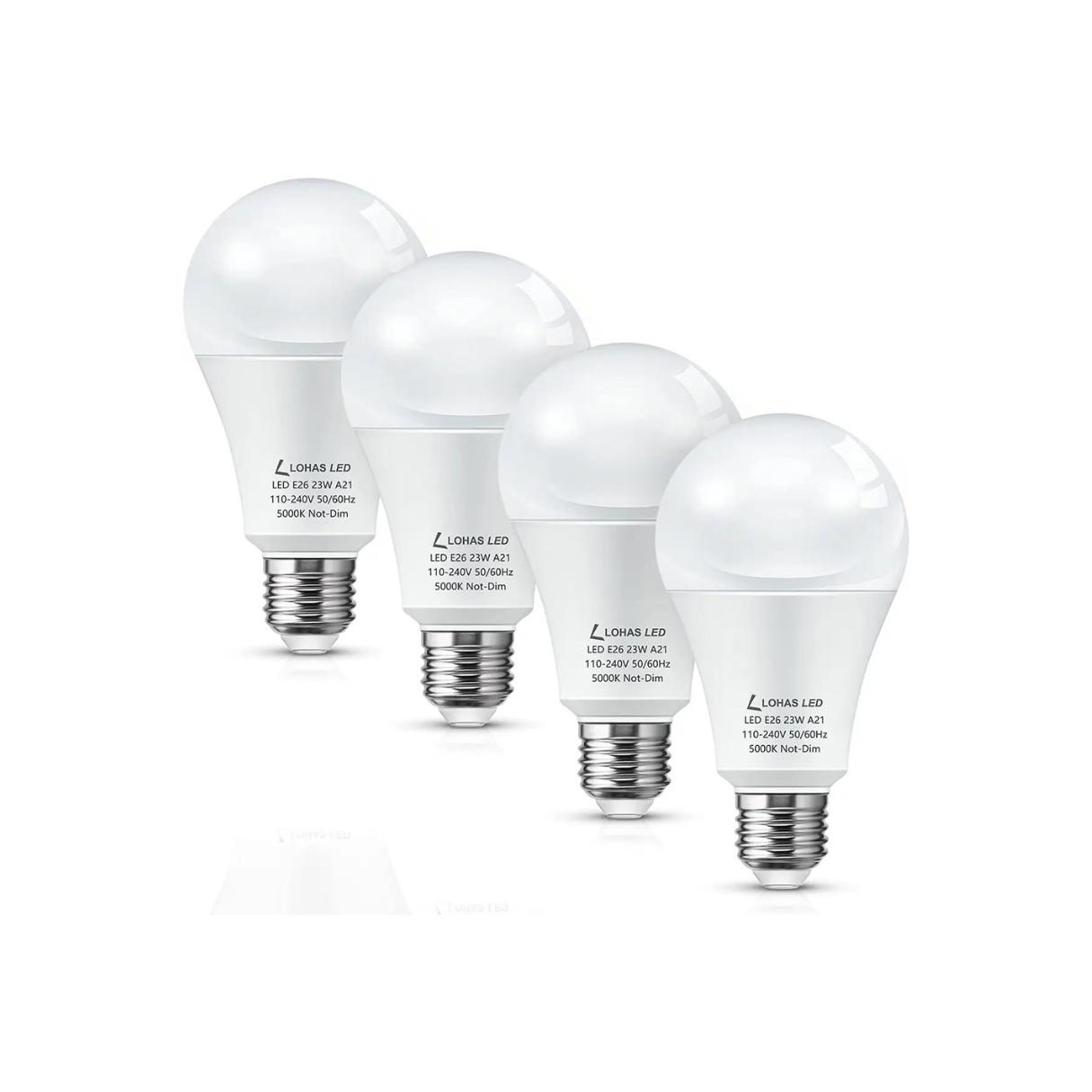
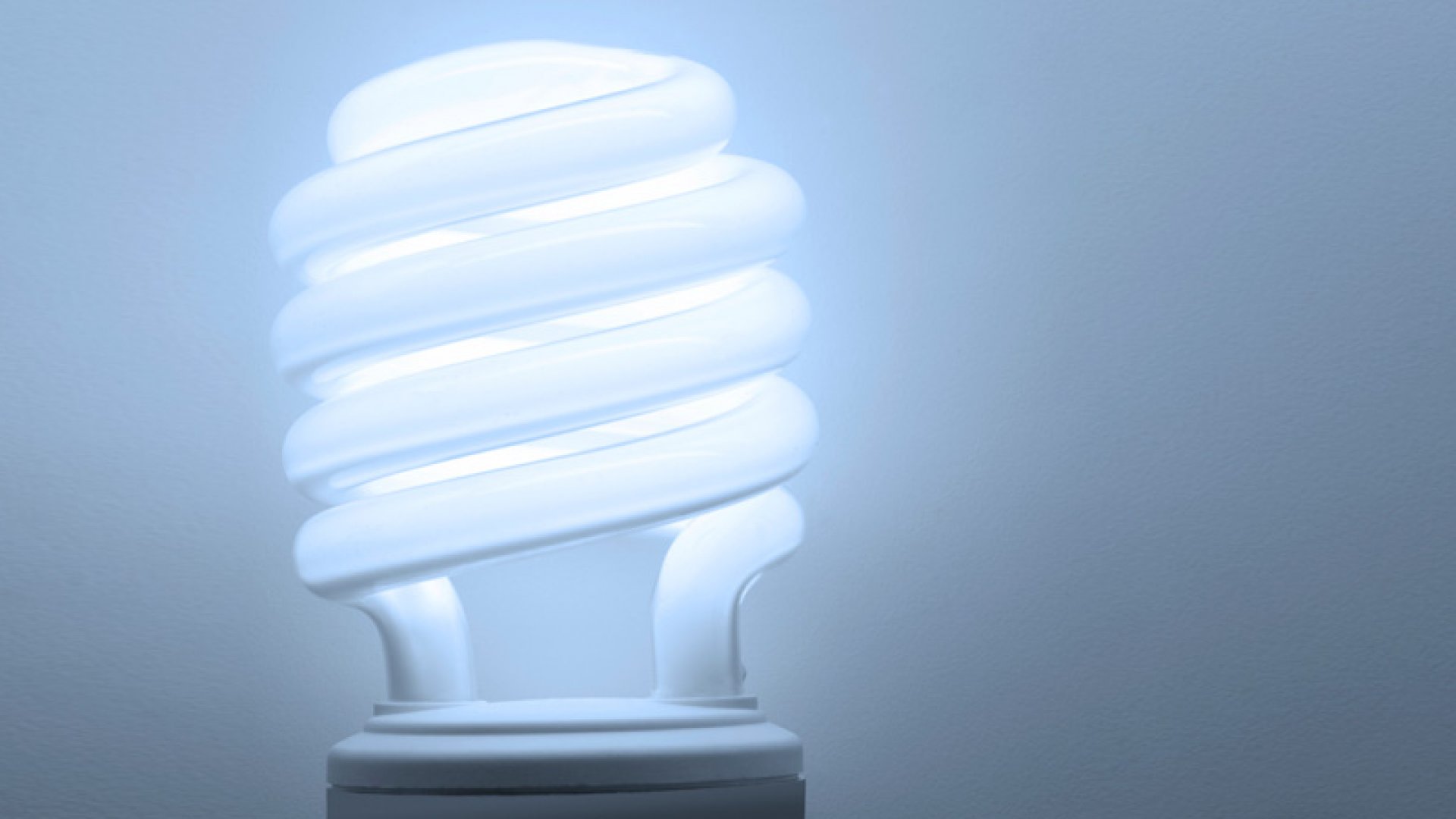
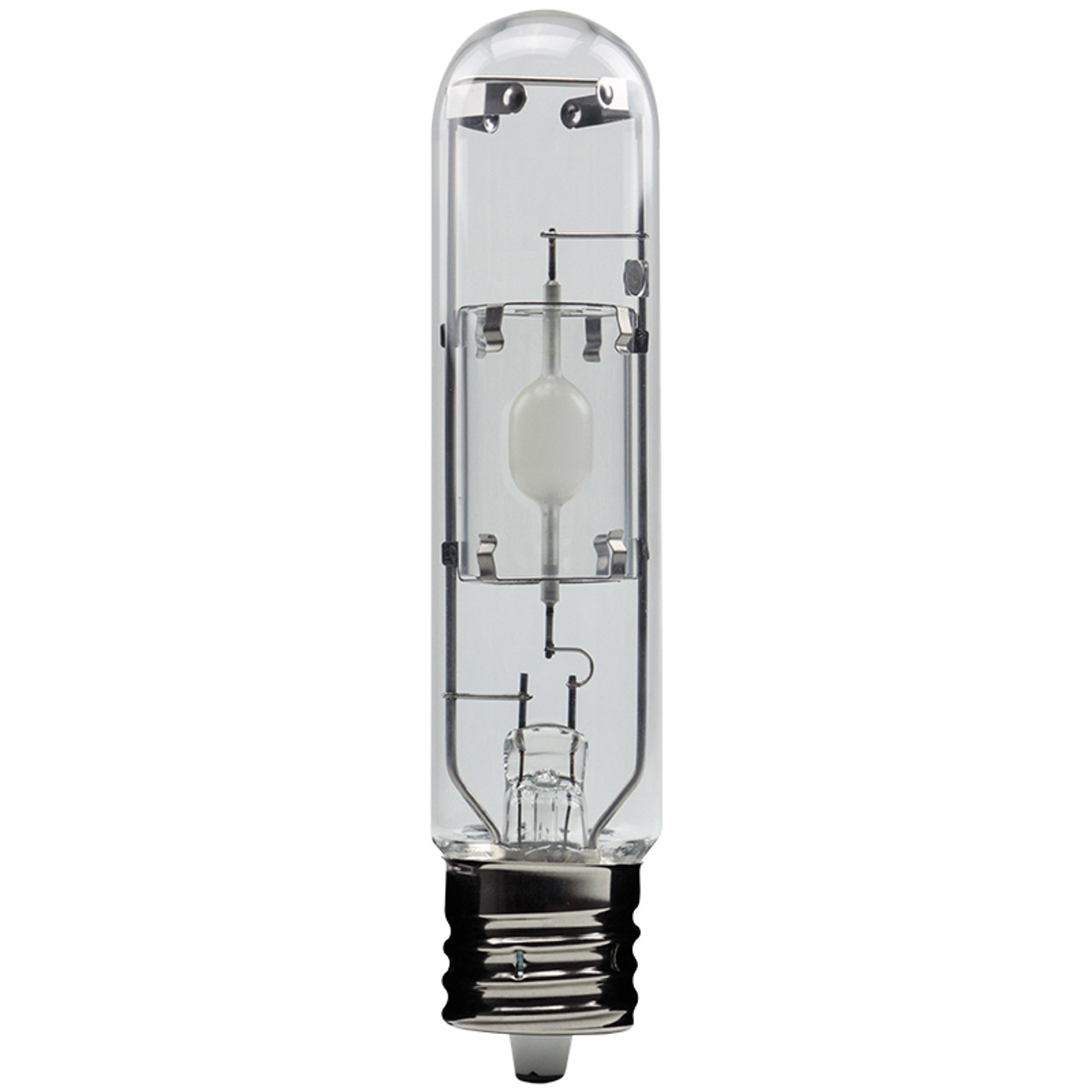
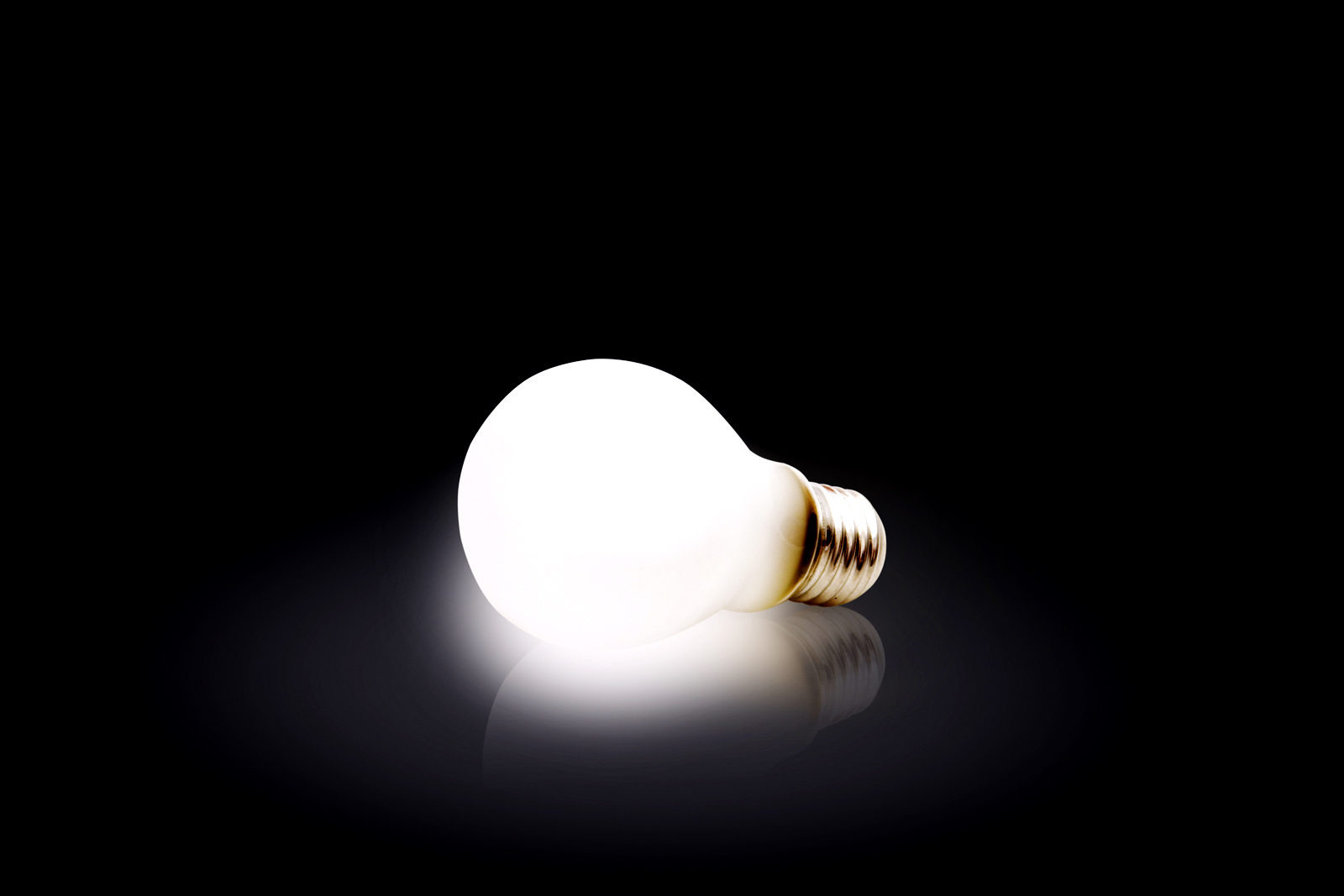
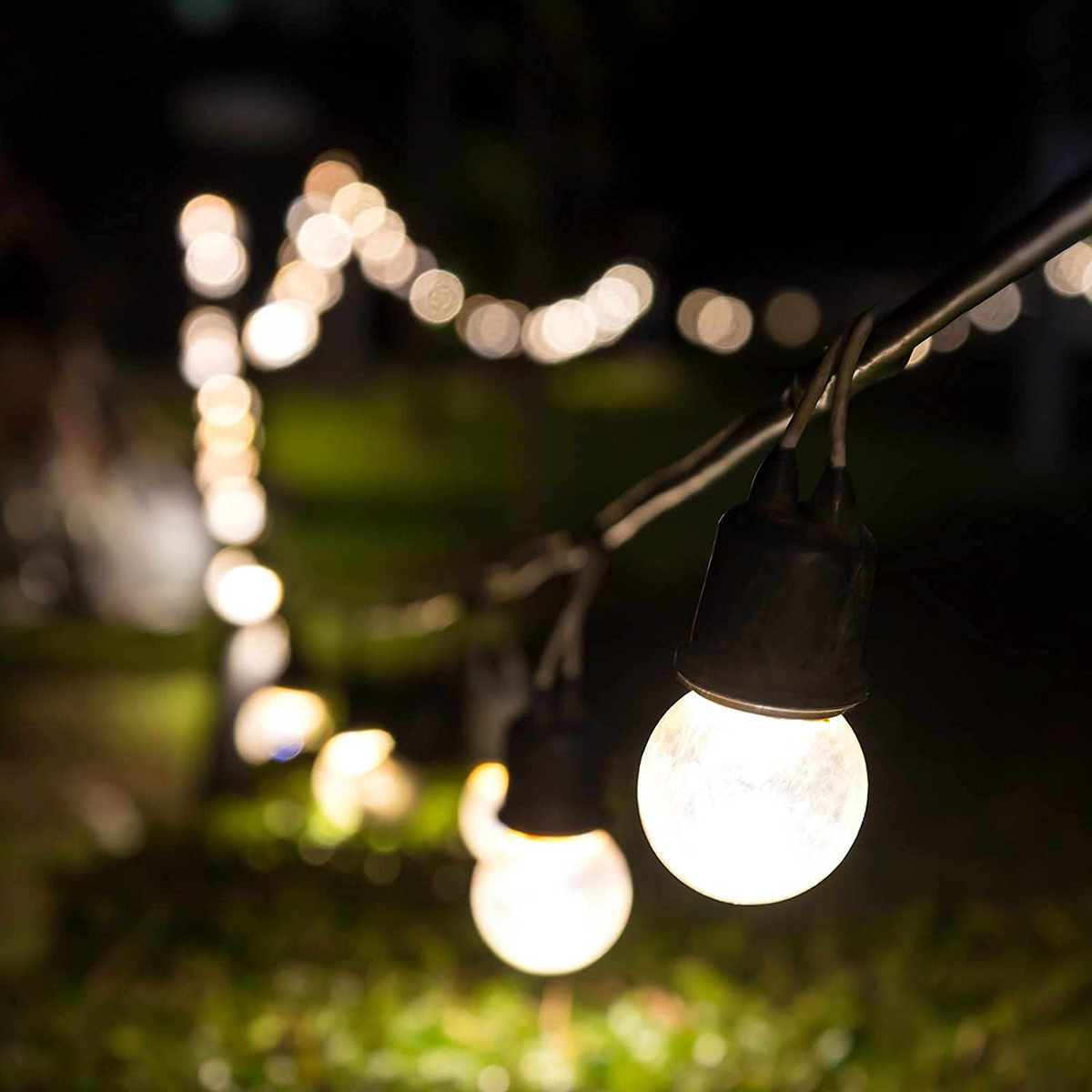
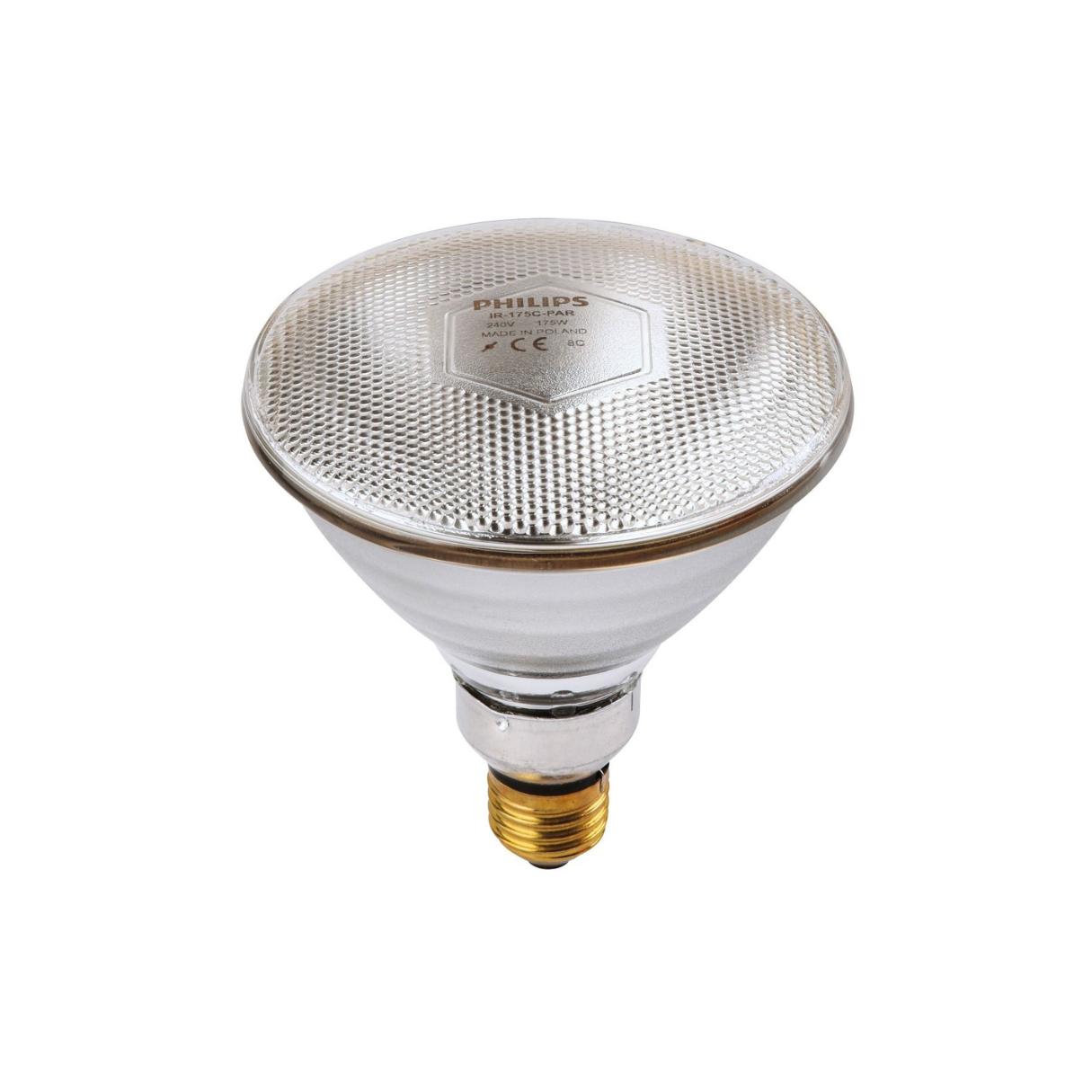
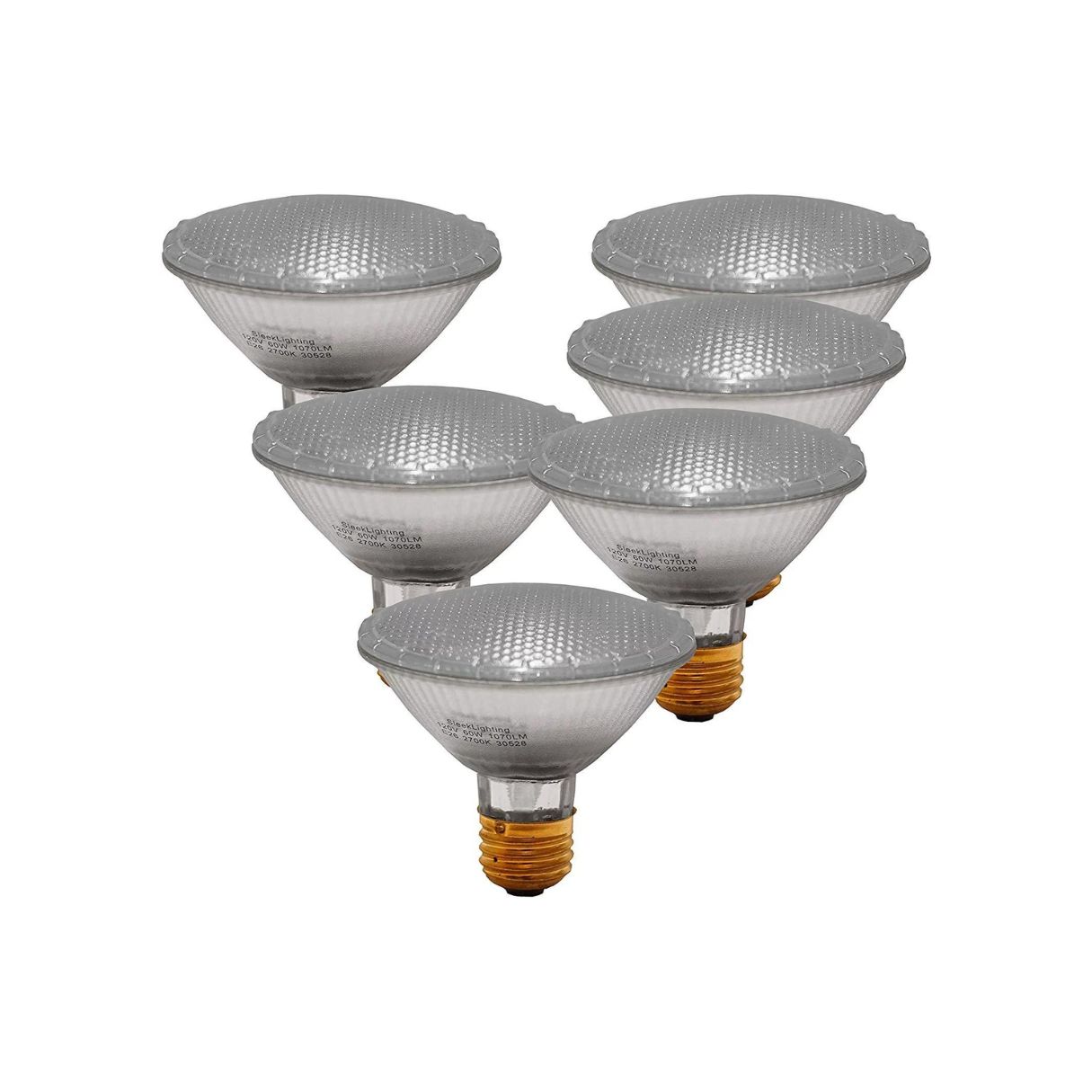

0 thoughts on “What Is An LED Light Bulb”